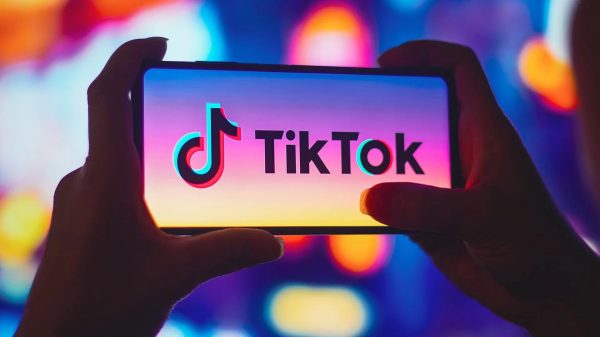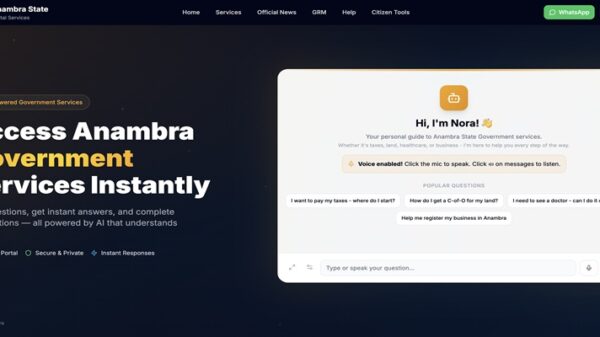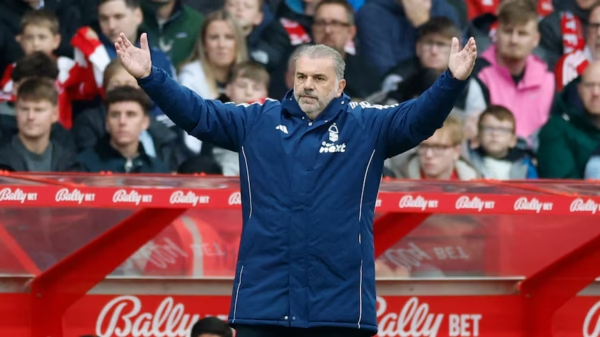By Chidinma Enemanna
You’ve spent hours researching, writing, and editing your blog post. You’ve even sprinkled in a few catchy headlines and optimised your images, hoping to make your blog post stand out on Google. But it’s still stuck on page 10 of the search results.
If that sounds familiar, you’re not alone. We’ve all been there — pouring our hearts (and maybe a bit of coffee) into writing a killer blog post, only to watch it languish on page 10 of Google’s search results.
Why isn’t your blog ranking? And more importantly, how do you fix it?
In this article, I’ll walk you through the most common reasons your blog isn’t ranking and, more importantly, how to fix it.
1. Use the Right Keywords
Firstly, let’s talk about keywords. You might think that writing great content is enough to get you ranked on Google, but here’s the deal: Google needs to know what your blog is about. And how does Google figure that out? By looking at your keywords. It’s not just about choosing any random word that seems relevant. Google’s algorithms are highly sophisticated, and they can tell when you’ve picked the wrong keywords.
I learned this the hard way. I once wrote a post about “Why Small Businesses Should Use Social Media.” The content was solid, but I didn’t do enough research on the keywords. I used phrases I thought sounded good, but weren’t terms people were searching for. As a result, my post went nowhere. A quick check using tools like SEMrush revealed that the term social media for small businesses was searched far more often, and that’s the keyword I should have targeted. Lesson learned.
To fix this, you need to do proper keyword research. Tools like Ahrefs, Google Keyword Planner, and Ubersuggest can help you identify your topic’s most popular and relevant keywords.
2. Go In-Depth When Writing
Google’s algorithms aren’t just about keywords; they evaluate the depth of your content. If your blog post is too short, say, 300 words or less, it’s not giving Google enough information to rank it appropriately.
Google prefers longer, in-depth content because it tends to be more comprehensive and valuable to readers. When someone searches for something, they want more than just a quick answer; they want detailed, insightful content that covers the topic entirely.
I remember my early years as a writer; I was excited to churn out content of about 400 words. After weeks, I checked Google, and my posts were nowhere to be found on the first page. I did some quick research and realised that the top-ranking posts were over 1,500 words, packed with detailed information, helpful tips, and real-life examples. Mine was a snack compared to their full-course meal.
To fix this, aim for 1,500+ words per blog post. But don’t just aim for word count, focus on creating quality content that thoroughly covers the topic. Use subheadings to break up your content, include relevant statistics, and provide valuable insights to help your readers. And don’t forget to update older posts. Google loves fresh content, and updating an old post with new information can give it a boost. Additionally, tools like SurferSEO can help you with typical word count ranges for your blog compared to competitors.
3. Do Not Ignore The Power of Backlinks
Did you know that Google’s love language is backlinks? These are links from other websites that point to your content. Google uses backlinks as a signal that your content is trustworthy and authoritative. The more high-quality backlinks you have, the more likely Google is to push your content up the search results. In other words, backlinks are one of Google’s top-ranking factors.
I used to ignore backlinks until I noticed that the top-ranked blogs had dozens (sometimes hundreds) of backlinks pointing to them. I realised that getting backlinks was just as important as writing great content. So, a friend advised me to start building quality backlinks by reaching out to industry influencers, guest blogging, and getting featured in expert roundups. And guess what? My traffic shot up by 40% in just a few months.
According to Ahrefs SEO Statistics, there’s a positive correlation between the number of websites linking to a page and its search traffic, as pages with more backlinks consistently rank higher than those without.
4. Your Site’s Speed Shouldn’t Be Slower Than a Snail on Vacation
No one likes waiting for a web page to load, and Google is no different. If your site is slow, Google won’t rank it well. Page speed is an official ranking factor. Google wants to provide users with the best experience possible, and a slow site doesn’t cut it.
According to Google, 53% of mobile users will leave a website if it takes longer than 3 seconds to load. So, getting your site to load quickly isn’t just important for SEO, it’s crucial for keeping visitors on your page.
I once had a client whose website took an average of 11 seconds to load. I ran a speed test using Google’s PageSpeed Insights, and I found a ton of issues. These were issues like large image sizes, unnecessary scripts, and other speed-busting problems. I made the necessary changes, like compressing the images and enabling browser caching, and within a week, the bounce rate dropped by 15%, and the site started ranking higher.
I recommend using tools like Google PageSpeed Insights and GTMetrix to test your site’s speed. Then, optimize everything that’s slowing it down. The faster your site, the better the user experience, and the better your rankings.
5. Engage Your Audience
Google doesn’t just look at how many people visit your site; it looks at how they interact with your content. If users bounce off your site after a few seconds, Google will assume your content isn’t valuable. And let’s face it, no one likes a boring blog post. Google wants to reward content that keeps people engaged.
This is a common mistake that people often make when writing a blog. Bloggers and writers are typically focused filling their articles with great information, but leaving them dry with no personality or engaging tone. If you are guilty of this, you will notice a high bounce rate and people will spend little time on your site.
What should you do?
You should start injecting more humour, storytelling, and personal examples into your posts. When you do this, you will notice that the read time on the page will improve significantly.
Use a friendly tone, tell stories, and ask questions encouraging readers to stay longer. The more time people spend on your page, the better Google will rank your content. In fact, HubSpot found that 75% of people never scroll past the first page of search results, so your content has to be compelling enough to make them want to read more.
6. Make Your Blog Mobile-Friendly
In today’s world, mobile traffic is enormous. Over 50% of global web traffic comes from mobile devices, and Google knows this. That’s why mobile-friendliness is now a ranking factor. If your blog isn’t mobile-friendly, you’re missing out on a massive chunk of traffic.
I found this out when I checked a blog’s performance on mobile. The site looked fine on desktop, but it was a disaster on mobile. The images were cut off, buttons were too small to click, and text was difficult to read. After I advised that the site be optimised for mobile users, their traffic increased, and rankings improved.
I recommend using Google’s Mobile-Friendly Test to see how your site performs on mobile devices. Then, ensure your site is responsive, meaning it adapts to any screen size. If your blog isn’t mobile-friendly, you could lose valuable visitors and hurt your rankings.
Final Thoughts: Is SEO Ranking a Marathon or a Sprint?
There’s no magic formula to get your blog ranking on the first page of Google. Still, you’ll be in the best position to succeed by focusing on the right keywords, producing high-quality, in-depth content, building backlinks, optimising site speed, and engaging your audience.
It takes time, effort, and a bit of strategy. But trust me, the results are worth it. So, don’t get discouraged if your blog isn’t ranking just yet. SEO is a marathon, not a sprint.
With patience and some fine-tuning, you’ll see your efforts pay off. And when that happens, you’ll be at the top of the Google rankings, and your readers will thank you!
Chidinma Enemanna is an SEO Content Specialist and a Brand Specialist at Moniepoint Inc.
![]()


























































